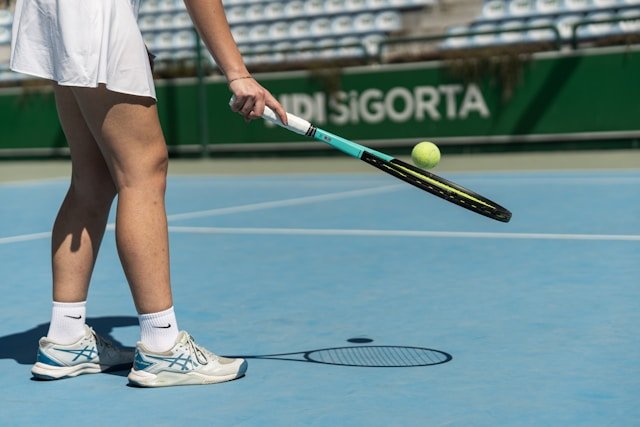The initial experience of stepping onto an indoor football pitch is nothing short of magical. The pace of play and constant movement heavily emphasize quickfire decision-making, which is adrenaline boosting in itself. Of course, leveling up from a novice to an accomplished “baller” requires changes in mentality and technique. Indoor football specifically demands a different set of skills than those honed whilst playing padel tennis, or even spatial strategizing through paintballing in Dubai. This guide should provide you with the knowledge required to improve your skill-set and transform you from a novice to a baller.
Control is King: The Importance of a First Touch
Footage from indoor football matches show how vital a first touch is, even enhancing your positioning for the next maneuver. Set pieces can be converted easily if players gain possession through cushioning the soccer ball prior to kicking it through the net. Make sure you vary the pace of your kicks and the angle from which you expect to be passed the ball to achieve the ideal grip. Being able to control a ball that is set in motion and is partially subjected to your opponents strategic pressure is an essential quality every indoor football athlete should possess.
Passing Precision: The Art of the Short Game
Indoor soccer is generally characterized by quick short passing. Weight and precision are critical at this level. For short-range passing, practice using the inside of your foot to increase control and accuracy. Work on passing with both the dominant and non-dominant legs. ‘Play the wall’ – make use of the walls for fast returns and give-and-goes. Effective passing retains possession and creates chances.
Quick Feet and Agility: Navigating Tight Spaces
Indoor football is played in a limited space hence quick and accurate footwork is very important. Practice making small steps with the ability to stop on a dime and change directions. Cone drills can be great for improving agility and foot speed. With the ball, learn to pivot tightly as well as be able to remote chances of losing control. Movement in confined spaces for both offensive and defensive positions is crucial. The quickness developed in padel tennis would be a good start, but indoor soccer has its unique ways of needing quickness.
Shot Precision: Finding the Goal
Goals are what ultimately wins games. Work on your shooting skills to incorporate striking with different parts of the foot, for example, the insides for precision, the laces for power and the toes for close-range rapid strikes. Given the size of the goals in indoor football, try to deliver precise strikes while keeping the height of the shot low. Try shooting at various ranges and angles from all kinds of angles with and without pressure.
Man-to-Man Marking: Winning the Ball Back
Marking and defending a football player in any indoor game needs a new consideration. Maintain tight marking, prevention of turns and intercepting. Most slide tackles are risky and less common on hard surfaces, concentrating on position, anticipation, moving in front of a teammate to shield the ball, and good body. Moves and reactions in winning the ball back in tight spaces need quick hands and feet. Let us analyze strategies for paintball in Dubai which require cover and concealment; offensive indoor football is all about close range ambushes.
The Walls: Your Sixth Player
Among the many components in indoor football, dribbling, and wall usage, the wall serves to increase space, provide for passes, and defend against the opposition. Spend time practicing one-twos off the wall, blocking your opponent with the wall, and ball shielding against the wall. Knowing precisely how to make use of the walls during the match can take your game to the next level.
Playing the Game
Game awareness is often an overlooked skill that you should pay attention to. Awareness, as the name suggests, is having an understanding of everything related to the flow of the game, deciding way ahead what the players will do, alongside what actions should be taken such as passing, dribbling, or shooting. Try to play as many games as possible, giving them a chance to watch the game and learn from adult players that are more experienced.
Practice, Practice, Practice
Just like with any sport, setting aside time for learning the skills of indoor football is vital. Spend time furthering your understanding of footwork techniques in detail and rounding off the key fundamentals. Step out to a wall and work on your touch, work on controlled passing, sprinting around as you streamline more cones for your agility drills, and pumping out time with precision shooting drills gained aim drills. With time coupled with discipline on repeatedly fine-tuning these skills, an aspiring baller on the pitch will surely transform from an inexperienced beginner.




